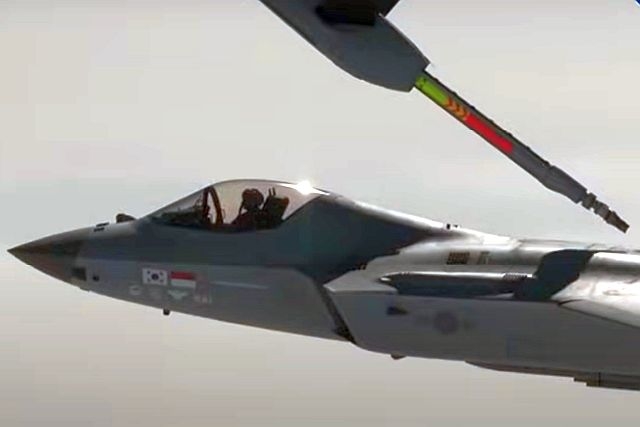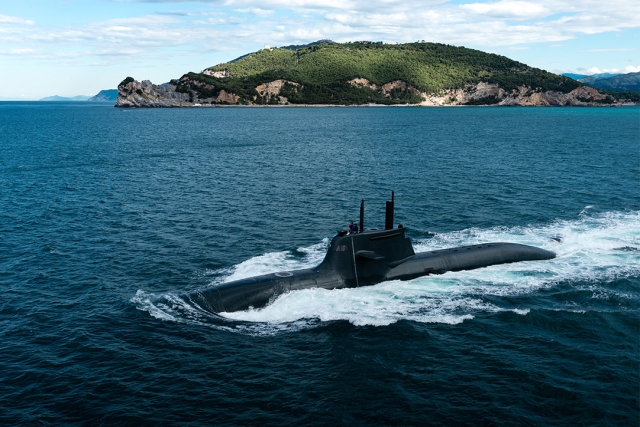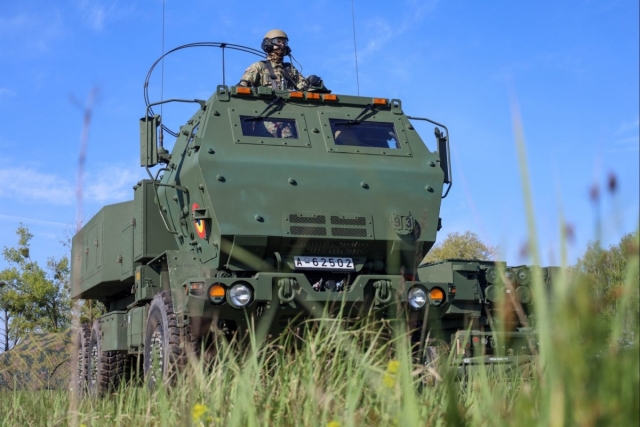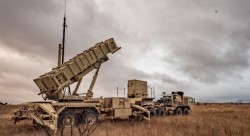USAF Tests New AC-130J Ghostrider Prototype

The US Air Force last week tested the newly created AC-130J Ghostrider, after a year of rigorous modification maintenance carried out at its Eglin Base.
The MC-130J mobility aircraft, which arrived at the base in early January 2013, was being modified to make a C-130 prototype, having the flying proficiencies of the MC-130J and the combat capabilities of an AC-130.
"After the modification was completed, the aircraft could remain here where we could take it out for the first flight. That's why Eglin was the best choice," said Maj. Brian Taliaferro, the aircraft commander for the flight.
The hardware, Precision Strike Package was used for converting a mobility aircraft into a strike aircraft, which includes electro-optical infrared sensors, a 30-mm cannon, AGM-176A Griffin missiles, all-weather synthetic aperture radar and GBU-39 small diameter bomb capabilities. The sensors allow the gunship to visually or electronically identify friendly ground forces and targets at any time, even in adverse weather.
Pairing weapons with a networked battle management system, enhanced communications and situational awareness upgrades the J-Model's ability to deliver surgical firepower.
"These new weapon systems and small diameter bombs provide over watch and further standoff distance to cover a wider range of space for our warfighters on the ground," said Maj. Eric Ripple, U.S. Special Operations Command (USSOCOM) Detachment 1 commander.
"We get the successes of the Precision Strike Package and marry it up with the advantages of the J-model bringing the best two C-130s together in a new weapons system," said Todd McGinnis, USSOCOM Det. 1 AC-130J modification manager.
"As with any new or highly modified aircraft, the initial goal is to ensure the aircraft design or modification does not adversely affect the flying and handling qualities," said Taliaferro. "We have dedicated six flights at the beginning of the test program to accomplish this task."
To do this, after takeoff, the aircrew left the landing gear and flaps down until reaching a safe altitude. They incrementally slowed the aircraft to touchdown speed, checking the flying and handling qualities at each speed. The Eglin's 413th Flight Test Squadron also completed multiple swings of the landing gear to ensure it had proper clearance with the new modifications. They also performed flying and handling quality assurance tests during the three and a half hour flight.
"This is a big accomplishment not just for the AC-130J test team and the 413th FLTS, but also for the 96th Test Wing, who provided many pivotal support functions to make this flight a success," said Taliaferro.
A total of 32 MC-130J aircraft will be modified as part of a $2.4 billion AC-130J program to grow the future fleet, according to Capt. Greg Sullivan, USSOCOM Det. 1 AC-130J on-site program manager.










